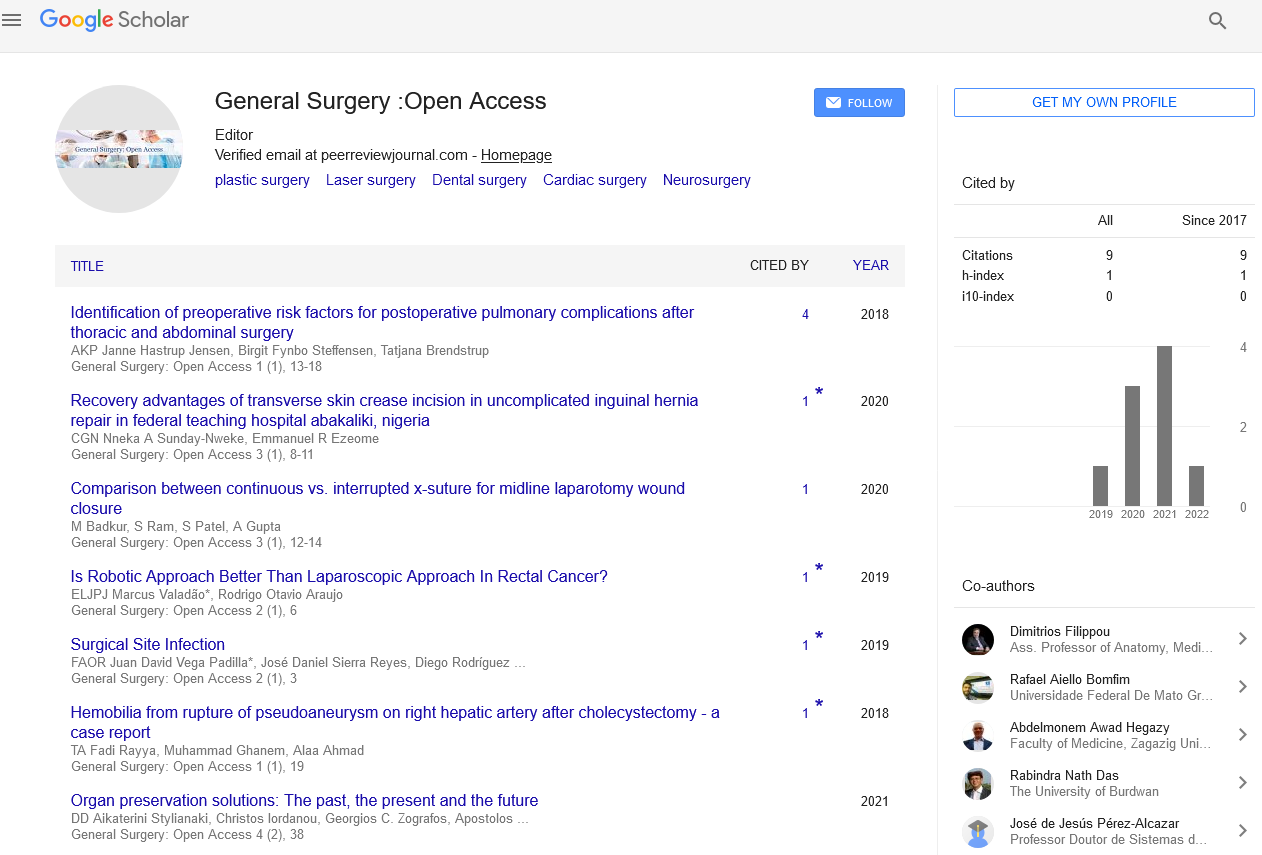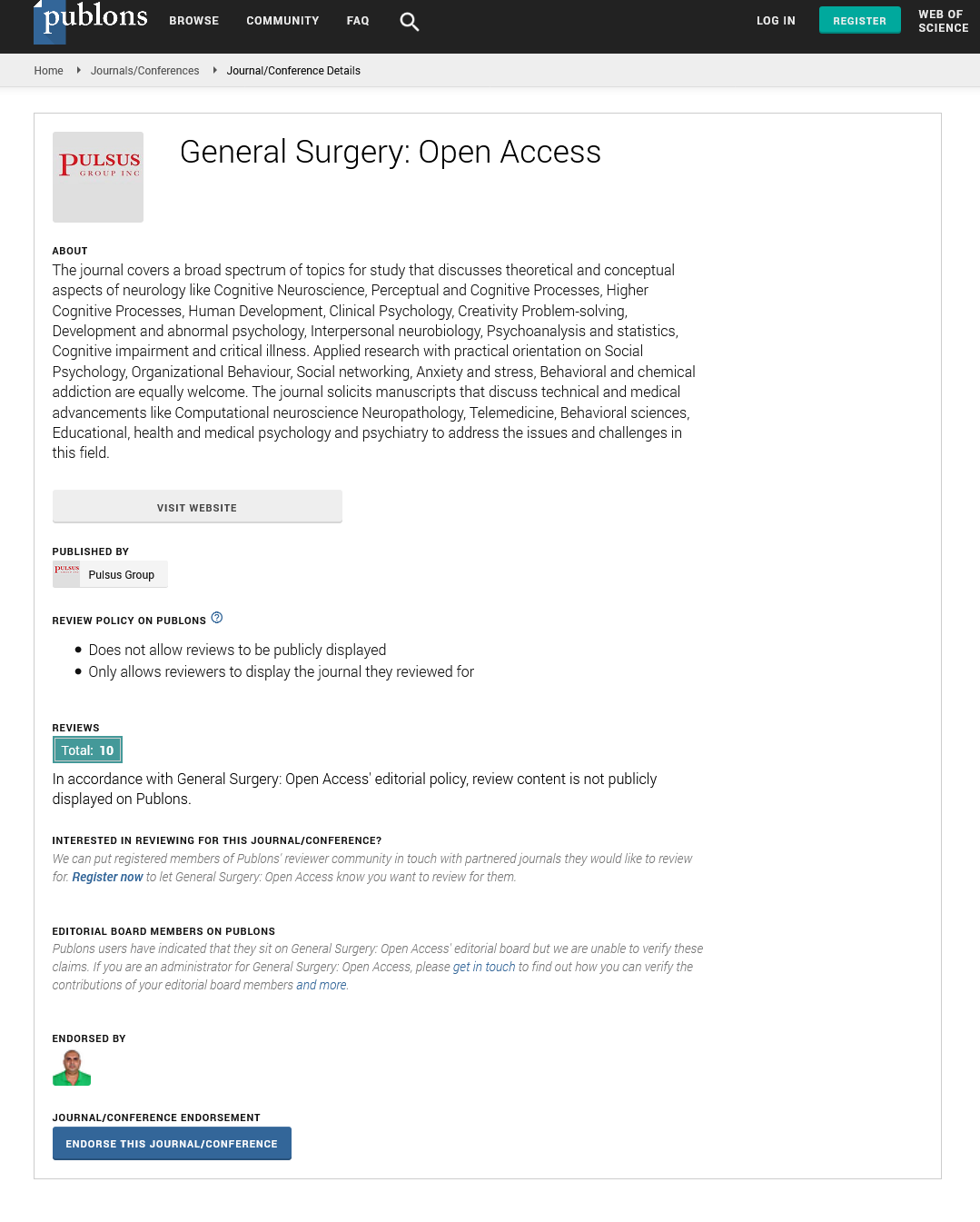
Sign up for email alert when new content gets added: Sign up
Long-term maintenance of Human Pluripotent Stem Cells in defined Media and Feder-Free condition using recombinant Protein
2nd International Conference on Physicians & Surgeons
January 20, 2022 | Webinar
Julee Kim
Seoul National University College of Medicine, Seoul, Republic of Korea
Keynote: Gen Surg: Open Access
Abstract :
Conventional human pluripotent stem cell (hPSC) cultures require high concentrations of expensive human fibroblast growth factor 2 (hFGF-2) for hPSC self-renewal and pluripotency in defined media for long-term culture. The hPSC culture media need to be changed every day partly due to the hFGF-2 thermal instability in solution at 37°C. It has been known that the binding site of human DJ-1 (hDJ-1), also known as PARK-7 is FGF receptor-1. In the present study, for the first time, we have demonstrated that recombinant protein human FGF-2 can replace hDJ-1 in the essential eight media to maintain the pluripotency of H9 human embryonic stem cells (hESCs) under feeder-free condition. After more than ten passages, H9 hESCS cultured with human FGF-2 or human DJ-1 successfully sustained the distinctive hESC morphology. Furthermore, H9 hESCs revealed high expression levels of pluripotency markers including SSEA4, Tra1-60, Oct4, Nanog, and Alkaline phosphatase. DNA microarray revealed that more than 97% of the 21,448 tested genes, including the pluripotency markers, Sox2, Nanog, Klf4, Lin28A, Lin28B, and Myc, have similar mRNA levels between the two groups. Karyotyping revealed no chromosome abnormalities in both groups. They also differentiated sufficiently into three germ layers by forming in vitro embryoid bodies and in vivo teratomas. There were moderate difference in H9 hESCS in both groups was shown in the real-time PCR assay using several pluripotency markers and three germ layer markers. The proliferation rate measured at different concentration of growth factors and the structural analysis of mitochondria using transmission electron microscopy demonstrated the distinguishable feature of H9 hESCs in two groups, namely hFGF2 and hDJ-1. On the whole, in-house made recombinant protein hDJ-1 can maintain the self-renewal and the pluripotency of H9 hESCs in a feeder-free system for long-term without alteration of their characteristics.
Biography :
Julee Kim received her diplom degree in Biotechnology at the Westfaelisch Wilhelms University of Muenster in 2007. She graduated from the Westfaelisch Wilhelms University of Muenster with a PhD degree in Biology at the Max Planck Institute for Molecular Biomedicine in 2013. She completed her post-doctoral training at the University of California San Francisco and at Columbia University, Irving Cancer Research Center. She worked as a research assistant professor at the University of Ulsan College of Medicine, Asan Medical Center and as a research professor at CHA University. She has 8 publications in international journals. She presented papers in more than 10 national and international conferences.





